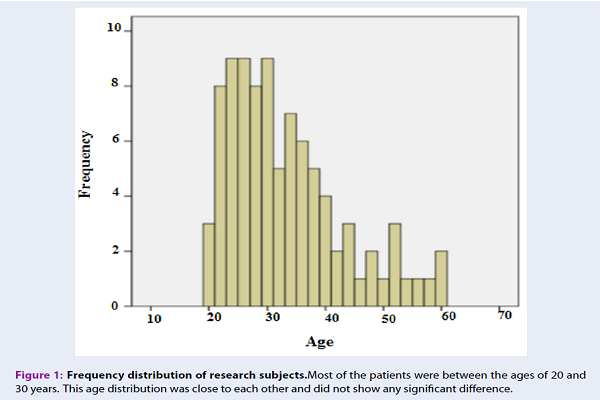Efficacy of intrathecal midazolam on enhancing analgesic effect of fentanyl in patients undergoing lower limb surgery
DOI:
https://doi.org/10.15419/bmrat.v5i10.487Keywords:
Fentanyl, Intrathecal Anesthesia, Lower Limb Orthopedic Surgery, MidazolamAbstract
Background: Co-administration of drugs with synergistic effects is considered as one of the methods to increase the effectiveness of intrathecal anesthesia and to reduce the need for injectable analgesics. The purpose of this study was to investigate the efficacy of intrathecal midazolam on enhancing the analgesic effect of fentanyl in patients undergoing lower limb surgery.
Materials: The present double-blinded clinical trial was conducted on 90 candidate patients undergoing lower limb orthopedic surgery in 2017 at Khatam-Al-Anbiya Hospital in the city of Zahedan, Iran. To this end, the patients were selected via convenience sampling method and then randomly divided into three groups. Afterwards, 3 cc of 0.5% hyperbaric Marcaine was injected intrathecally in the first group, 3 cc of Marcaine + 25 ug of fentanyl was administered to the second group, and 3 cc of Marcaine + 25 ug of fentanyl + 1 mg of midazolam was administered to the third group (the final volume of all three syringes was brought up to 3.7 cc with normal saline). The duration of sensory nerve block and those of motor block and analgesia, as well as changes in vital signs, were then measured in these groups. Moreover, the data were analyzed using SPSS Statistics (Version 22.0) through Chi-square test and one-way analysis of variance (ANOVA).
Results: The mean age and gender distribution of the patients in the three study groups did not differ significantly. The mean duration of sensory nerve block was equal to 98.6+/-11.1 min in the first group, 142.2+/-12.4 min in the second group, and 174.3+/-10.9 min in the third group; all showed a statistically significant difference (P=0.0001, P=0.001, P=0.000).The mean duration of analgesia was also reported to be 204.43+/-0.3 min in the first group, 323.62+/-7.4 min in the second group, and 526.22+/-0.9 min in the third group, indicating a statistically significant difference between the three study groups (P=0.0001, P=0.000, P=000).
Conclusion: The results of this study demonstrated that adding midazolam to intrathecal fentanyl could significantly increase the duration of sensory nerve block and that of post-operative analgesia.

Downloads
Published
Issue
Section
License
Copyright The Author(s) 2017. This article is published with open access by BioMedPress. This article is distributed under the terms of the Creative Commons Attribution License (CC-BY 4.0) which permits any use, distribution, and reproduction in any medium, provided the original author(s) and the source are credited.
